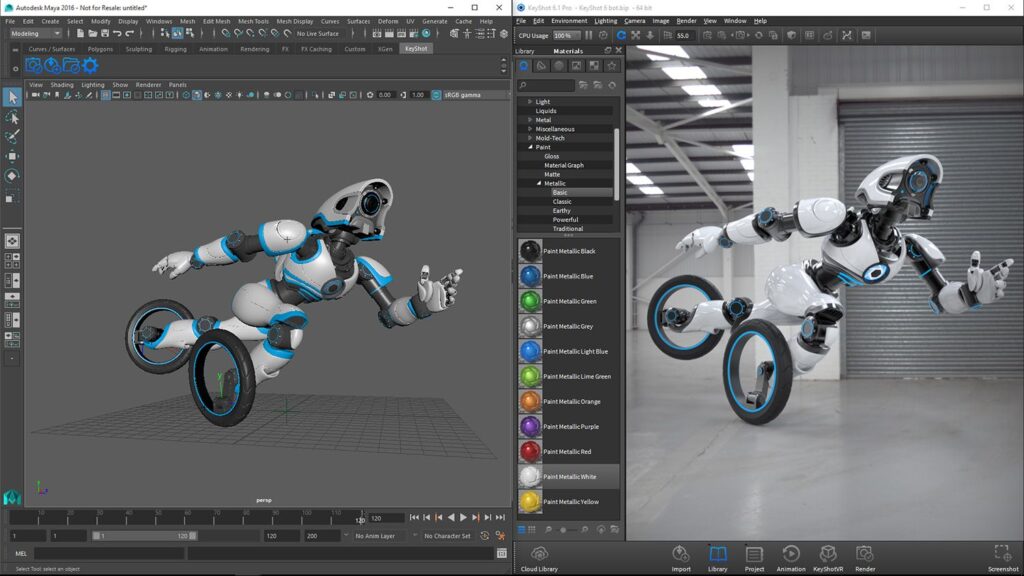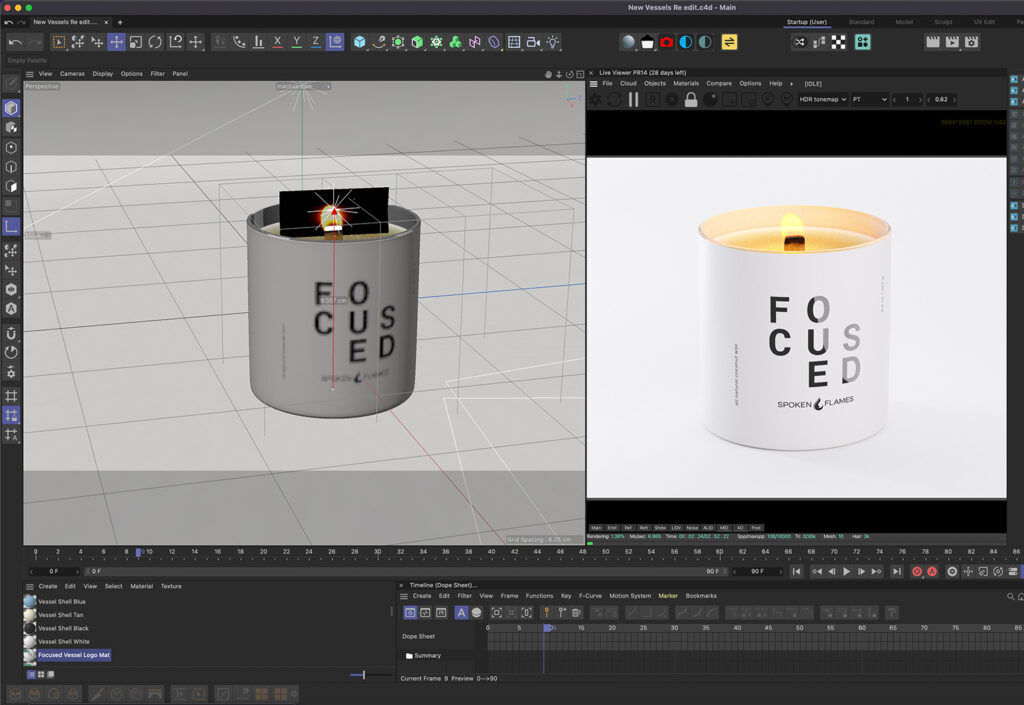In the digital age, the ability to showcase products in a visually captivating and realistic manner is crucial for businesses across various industries. Product visualization rendering and 3D modeling have emerged as powerful tools to achieve precisely that. In this article, we will explore the world of product visualization rendering and 3D modeling, delving into their importance, benefits, and how they are revolutionizing the way products are showcased and marketed.
Product visualization rendering involves the creation of high-quality, lifelike images or animations that showcase products in a virtual environment. It allows businesses to present their products with stunning visual detail, highlighting their features, design, and functionality. By leveraging advanced rendering techniques, lighting effects, and materials, product visualization renders can simulate real-world conditions and produce visuals that are indistinguishable from actual photographs.
3D modeling forms the foundation of product visualization rendering. It is the process of creating a three-dimensional digital representation of an object or product. 3D modeling software enables designers and artists to sculpt, shape, and refine every aspect of the product, capturing its intricacies and nuances. This digital model serves as the basis for subsequent rendering and visualization.

The benefits of product visualization rendering and 3D modeling are manifold. Firstly, they allow businesses to showcase products before they are physically produced, enabling early-stage feedback and validation. This significantly reduces costs associated with physical prototyping and allows for faster iterations and improvements.
Furthermore, product visualization renders can be easily incorporated into marketing materials, websites, and online stores. They provide an immersive and interactive experience for potential customers, allowing them to examine products from various angles, zoom in on details, and even interact with product features virtually. This enhances customer engagement, boosts brand perception, and increases the likelihood of conversions.
Product visualization rendering and 3D modeling also facilitate customization and personalization. With a digital model, it becomes easier to modify and experiment with different colors, materials, textures, and configurations. Businesses can showcase a wide range of options and variations, catering to individual customer preferences and requirements. This level of customization not only enhances the customer experience but also helps businesses stand out in a competitive market.

Another significant advantage of product visualization rendering and 3D modeling is their applicability across diverse industries. From architecture and interior design to automotive, fashion, and consumer electronics, these techniques find applications in a wide range of sectors. Whether it’s showcasing architectural designs, visualizing interior spaces, presenting new car models, or exhibiting fashion collections, product visualization rendering and 3D modeling can elevate the presentation and marketing of products in any industry.
In conclusion, product visualization rendering and 3D modeling have transformed the way products are showcased and marketed in the digital era. They offer businesses the ability to present products with stunning realism and detail, engage customers on a deeper level, and facilitate customization and personalization. As technology continues to advance, the quality and capabilities of product visualization rendering and 3D modeling will only improve, opening up new possibilities for businesses to captivate their audiences and bring their ideas to life. Embrace these powerful tools, and unlock the potential to transform your product presentations into visual masterpieces that leave a lasting impression.
Related: Empower Your Projects with Efficiency and Innovation
